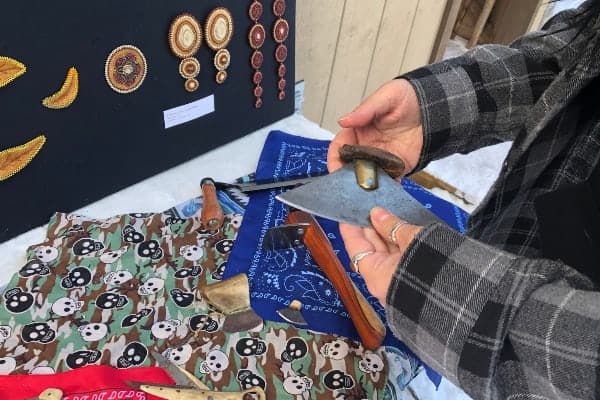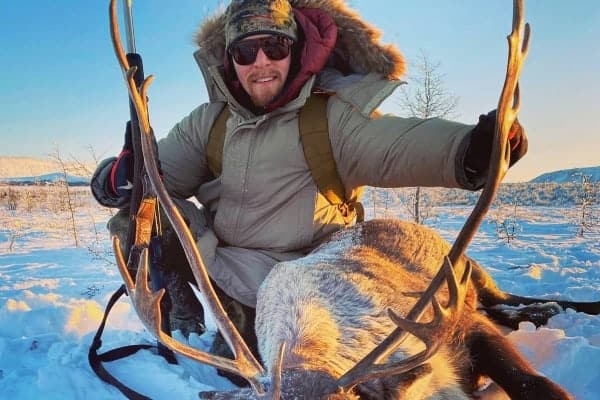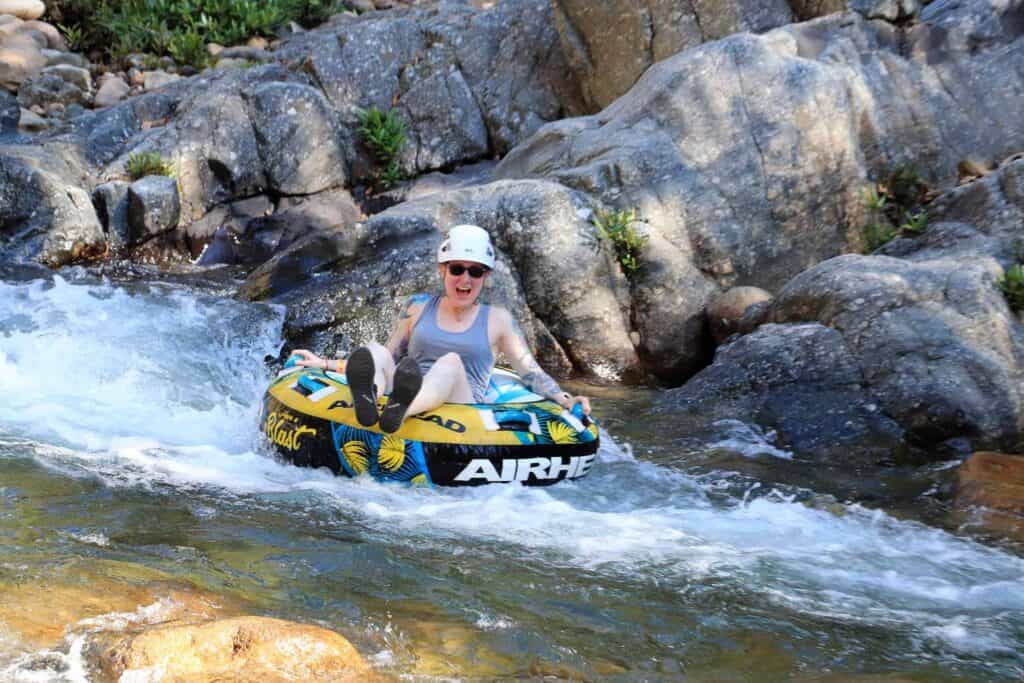This holiday season will look a lot different for many Yukoners, myself included. Usually at this time of year I travel to Ontario to visit family and friends, but the COVID-19 pandemic means I’ll have to make a few changes to my annual tradition. Chances are that I’ll stay local this year. While I’ll get some reprieve from slush, noise and the inevitable pileup along the 401, I will also miss many of the positives of going back. Seeing loved ones is always top of the priority list, but getting some end-of-year shopping done and feasting on different cuisines also plays a large part in my holiday plans.
This past year has definitely put an emphasis on the whole idea of “isolation.” From closing the borders for travelers into the territory, to needing to self-isolate if you return to the territory, to being unable to fly as airlines shut down flights. We had a small glimpse of what life looks like with limited connectivity. Like our need for connectivity, much of the Yukon’s wildlife also needs to be able to travel from one place to another. When wildlife populations become isolated, it makes it much more difficult for them to thrive.
But we often impose our ability to adapt onto other species. We have systems in place that are helpful for us, but we don’t often consider how those systems impact other populations. Roads, for example, increase our access into certain areas. Being able to drive up to a trailhead to get to some of the Yukon’s great views is something we have all benefited from. But that road may cut through habitat for many iconic species, and even some of those that fly under the radar. If not properly planned, roads could cut through migration routes too, limiting those species from staying connected.
Habitat connectivity is an important concept in the world of conservation. The ability for caribou, bears and wolverines to travel from one place to another is crucial. This is because they need to access different food sources, find safety from predators, or find a mate that’s from a different population. Keeping these areas safe is incredibly important for protecting the wildlife that use them. In addition to these areas, wildlife need safe ways to travel back and forth. These are called wildlife corridors.
Humans also have corridors that we use to travel from place to place. But we don’t have to worry about fast vehicles potentially cutting us off with barely any warning. Imagine you are driving up the Klondike Highway towards Dawson City from Whitehorse. And imagine there’s a 20 kilometre stretch where a train crosses the highway. The train has no set schedule, so you don’t know when it’s coming. Unless you’re lucky enough to time it right, you might get t-boned by a train travelling at a high rate of speed. Seems a little far-fetched, since train tracks have railway crossing signs with flashing lights. But wildlife don’t get the same warning when cars roll by, and predators usually don’t honk their horns to let the other animals know they’re coming. For us, roads and highways create a relatively safe corridor for us to travel through.
So how do animals deal with roads or trails? Many have been showing signs of behavioural changes due to roads and to human presence as a whole. Bears, for example, have begun foraging during times that people aren’t out and about. We also see animals just avoiding roads altogether. This becomes a larger issue as the density of roads and other human activities increase in particular areas. If a road or trail cuts through the middle of an animal’s habitat, those animals could begin avoiding that area, and it would effectively cut down how far the animals travel.
But the Yukon is so big! There’s tons of space for animals to roam around without human disturbance, right?
Yes! We’re extremely lucky to have so much space where animals can move around easily! Very few places in Canada can say that and it’s something that we should be very happy about. To keep it that way though, we’ll need to be aware of our impact on the environment around us. So how can you help the Yukon’s wild spaces stay connected?
It’s quite simple really. The next time you’re out on a hike, or take your sled, or ATV, for a joyride, stick to the trails and roads. Veering off and plowing your own trail further breaks apart intact areas. It may not seem like much, but every little bit helps! We’re lucky to have intact habitats here in the Yukon. If we’re smart about where we build and where we play, it can hopefully stay that way.




